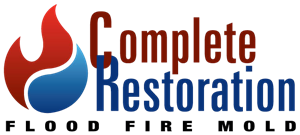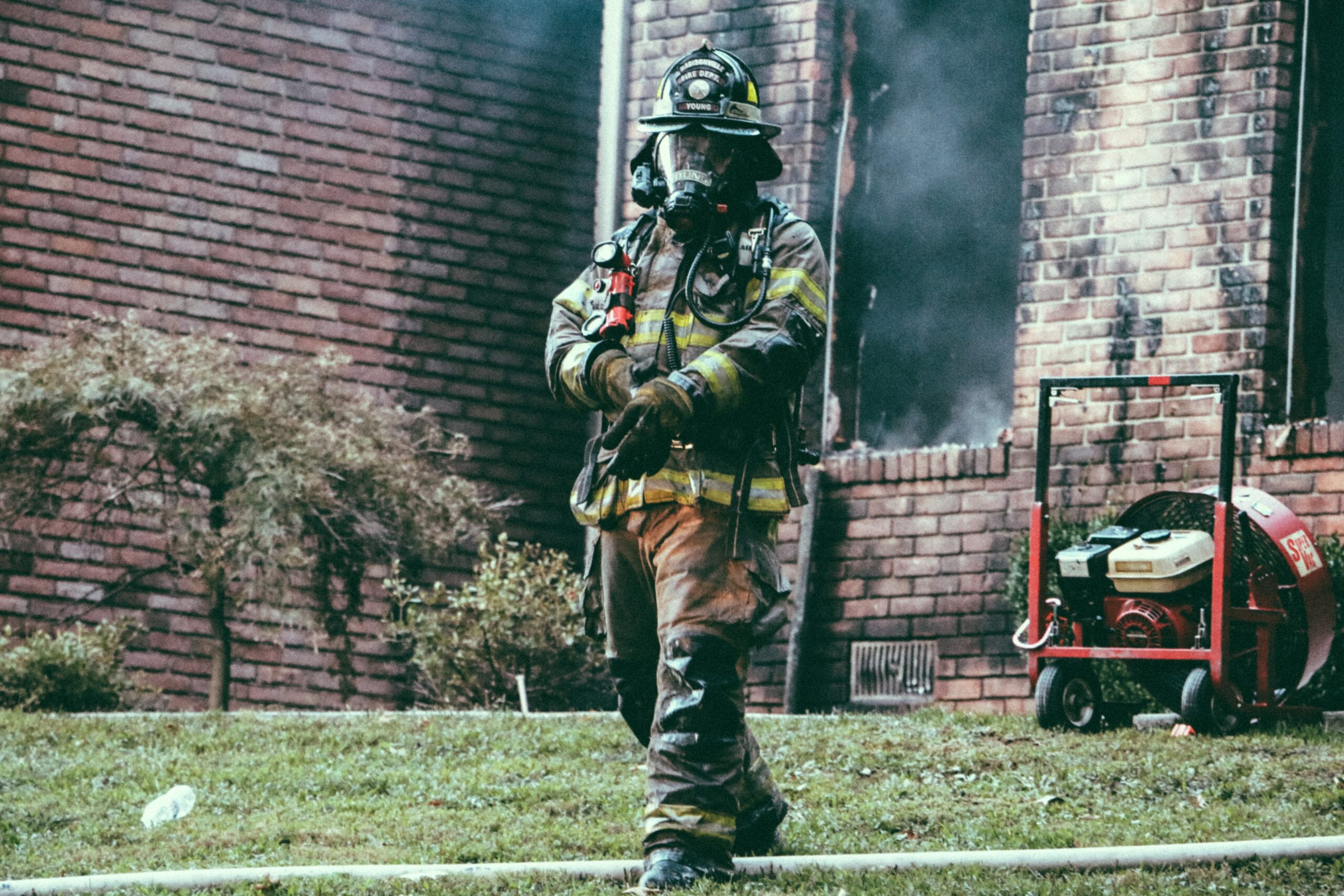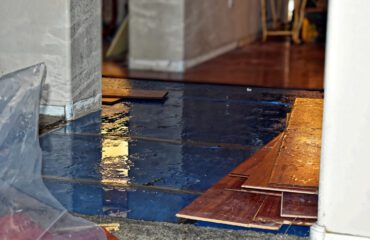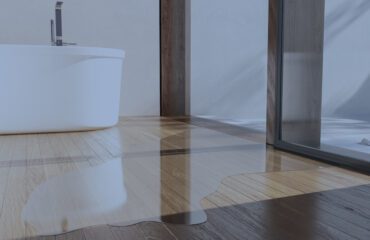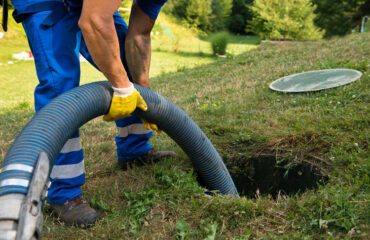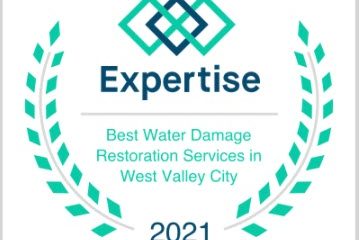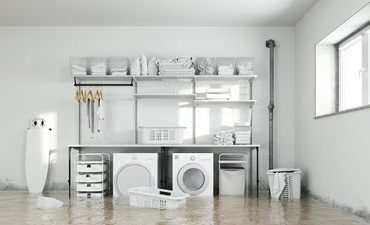As the sun climbs higher in the sky and the days grow longer, there is an undeniable sense of anticipation in the air. It’s that time of year when the world transitions from the cool embrace of spring to the vibrant warmth of summer, and with it comes one of the most cherished traditions of the season: the start of sprinkler season.
Summer, with its promise of lazy days, ice cream cones, and sun-kissed skin, is incomplete without the rhythmic pattern of water droplets. When the calendar flips to June and the thermometer rises, it’s time for sprinkler season to begin, but not without its drawbacks.
Like many modern conveniences, sprinklers come with their own set of challenges, and they can sometimes turn from a boon to a bane when they break or leak. In this article, we’ll explore the dual nature of sprinklers and the water damage risks they can pose to our properties.
Common Causes of Sprinkler Water Damage
Misplaced Sprinklers
One common issue that homeowners face is the improper placement of sprinkler heads. While the intent is to distribute water evenly, misaligned or poorly positioned sprinklers can lead to uneven watering. As a result, some areas of your lawn may receive too much water while others are left parched. This inconsistency not only affects the health of your lawn but can also cause soil erosion and contribute to water damage near the overwatered zones.
Burst or Damaged Pipes
The heart of any sprinkler system lies beneath the ground, where a network of pipes carries water to various sprinkler heads. Over time, these pipes can degrade due to age, freeze-thaw cycles, or external damage. A burst or damaged pipe can lead to an uncontrolled water release, potentially flooding your lawn and seeping into your property’s foundation. This can result in costly water damage to your home’s structure, including your drywall, flooring, and more.
Leaky Sprinkler Heads
Even a small leak in a sprinkler head can translate into significant water wastage and potential damage. It’s not uncommon for a malfunctioning sprinkler head to saturate the surrounding area, causing unusually soft or wet grass that makes a squishy sound when stepped on. If left unattended, these persistent leaks can erode soil, create muddy patches, and damage nearby structures or landscaping elements.
Overwatering
While the primary purpose of sprinklers is to ensure that your lawn and garden receive adequate moisture, overwatering can be just as problematic as underwatering. Excessive watering can lead to soil compaction, root rot, and, in severe cases, even damage to your property’s foundation. Moreover, sprinkler water damage can increase the risk of water pooling around your property, potentially flooding your basement or crawl spaces.
Common Signs that Your Sprinklers are Causing Water Damage
Recognizing the signs of sprinkler water damage is crucial for homeowners to address issues promptly and prevent further damage. Here are some common signs to look for:
Pooling Water: One of the most apparent signs of sprinkler-related water damage is the presence of standing water or puddles in your yard, especially if they persist long after the sprinkler system has been turned off. This indicates that water is not draining correctly and could be causing damage to the lawn or nearby structures.
Squishy or Soggy Lawn: If you notice certain lawn areas feel unusually soft or soggy when you step on them, it could be a sign of overwatering or a sprinkler leak. This can lead to soil erosion and landscaping problems.
Muddy or Eroded Soil: Excessive watering from sprinklers can erode soil, creating trenches or channels in your yard. This can compromise the stability of the ground and impact landscaping features.
Dry Patches and Over-Watered Areas: Misaligned or malfunctioning sprinkler heads can lead to uneven watering. Look for dry patches where grass or plants are struggling to grow due to inadequate moisture, as well as overly wet areas where the soil is consistently saturated, even when it hasn’t rained recently.
Sudden Increases in Water Bills: If you notice a significant and unexplained increase in your water bills, it could indicate a leak in your sprinkler system, causing excessive water usage.
Damp or Wet Foundation: Water from sprinklers can seep into the foundation of your home, causing dampness or moisture in basements or crawl spaces. This can lead to mold damage, structural issues, and other forms of interior water damage.
Water Stains: Check walls, ceilings, and flooring for water stains or discoloration, particularly in areas adjacent to where the sprinklers operate. Water stains may indicate that water is infiltrating your property.
Soggy Mulch or Flower Beds: Landscaping features like mulch or flower beds near sprinkler systems may become consistently soggy, which can harm plants and create a breeding ground for pests and mold.
Decreased Water Pressure: A noticeable decrease in water pressure throughout your home’s plumbing system can indicate a leak in the sprinkler pipes, leading to reduced water flow for both indoor and outdoor use.
Visible Leaks or Damage: Physically inspect your sprinkler heads, pipes, and valves for visible leaks, cracks, or damage. Any signs of wear and tear should be addressed promptly.
Conclusion
When faced with the potential water damage caused by malfunctioning sprinklers, it’s reassuring to know that professionals like us at Complete Restoration of Salt Lake are available to help mitigate your needs. We specialize in addressing a wide range of water damage issues, including those related to sprinkler systems. Our experienced technicians can help identify the root causes of the problem, whether it’s burst pipes, leaking sprinkler heads, or over-watering issues. They will then work efficiently to repair and restore your sprinkler system to optimal functionality, ensuring that your lawn and property are protected from further damage.
Contact Complete Restoration of Salt Lake today for your restoration needs today!
